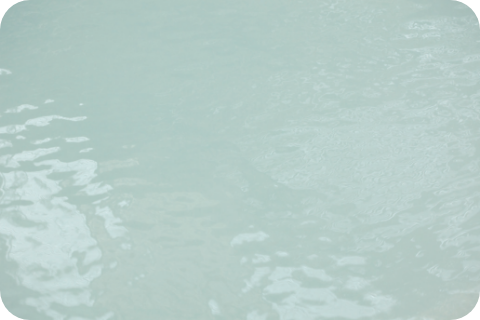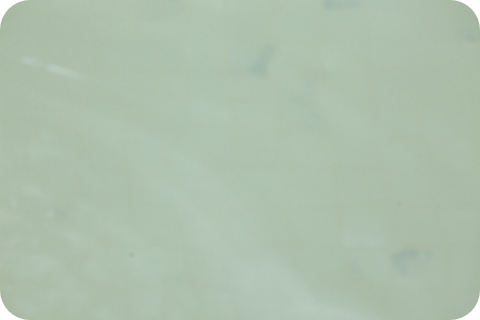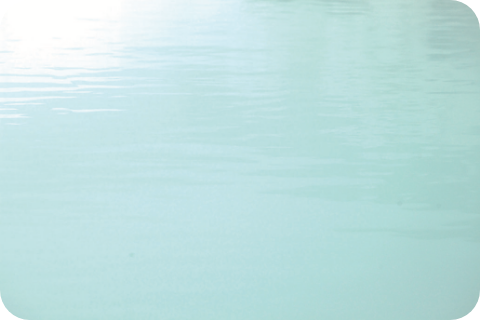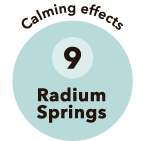The Ten ONSEN of Noboribetsu

Noboribetsu Onsen is the northernmost large scale ONSEN resort in Japan.
Noboribetsu Onsen is famous not only for its abundance of ONSEN,
but also for the fact that it has nine different types of ONSEN.
There are not many ONSEN resorts where you can soak in
many different types of ONSEN water all at the same place.
Knowing more about the nine ONSEN will help you
have a more enjoyable experience at Noboribetsu Onsen.


When most people think of Noboribetsu Onsen, the first thing that comes to mind is the sulfur ONSEN.
These have a milky white color and a unique smell like boiled eggs. Soap does not lather well in these ONSEN. Sulfur ONSEN water helps to expand capillaries and coronary arteries, which is good for chronic bronchitis and arteriosclerosis. They also have a detoxifying effect and are good for problems such as chronic skin diseases.

This is one of the most common types of ONSEN water in Japan. It is a clear, colorless ONSEN with a salty taste. Soap does not lather well in these ONSEN.
The salty water prevents sweat from evaporating from the skin, so it stays warm forever. It is also called “Atsu no Yu(literally hot water)” because it keeps you warm without cooling down. It is effective for treating problems such as neuralgia, backaches, and sensitivity to cold.
Those with weak skin should avoid prolonged bathing as it may cause sores.

Alum ONSEN are a common type of ONSEN in volcanic regions. They are colorless and transparent, or slightly yellowish-brown in color. They are effective in firming the skin and mucous membranes, and are said to be good for chronic skin diseases, inflammation of the mucous membranes, athlete’s foot, urticaria, and more. The ONSEN are also known as “Me no Yu (ONSEN for the eyes)” and have been used to treat eye diseases since ancient times. Kusatsu Onsen is one of the most famous alum ONSEN outside of Hokkaido.
Those with weak skin should avoid prolonged bathing as it may cause sores.

These are a type of sulfate ONSEN. They are clear, colorless, and odorless, but have a slightly salty taste due to its high sodium content.
These ONSEN have a soothing effect which lowers blood pressure and relieves pain, and they are also effective in treating hypertension, arteriosclerosis, external injuries, and more. They are also said to be good for problems such as constipation, obesity, diabetes, and gout because they stimulate intestinal movement. The ONSEN are also called “Kizu no Yu (ONSEN for wounds)” and “Nosotchu no Yu (ONSEN for strokes)”.

These ONSEN are mainly composed of iron sulfate, and are highly acidic. They contain minerals such as copper and manganese, as well as iron. When exposed to air, they oxidize and turn brown.
The ONSEN are warm and have a high hematogenic effect, which make them especially beneficial for problems such as anemia and chronic eczema.

The water is colorless and transparent when it gushes out, but when exposed to air, the iron oxidizes, resulting in the characteristic brownish color, which is sometimes called “Akayu (Red ONSEN)”. White towels will turn a reddish color.
The ONSEN are said to be good for rheumatism, menopausal disorders, anemia, chronic eczema, and more because they contain a lot of iron which warms the body properly and may have a metallic taste. They are also effective against external wounds and dermatitis due to their strong bactericidal effect. In addition, they are also called “Kodakara no Yu (childbirth ONSEN)” because of their effectiveness in treating problems such as menstrual disorders.

These ONSEN are common in volcanic areas and have a large amount of hydrogen ions in them. They are clear and colorless, or slightly yellowish-brown in color, and have a strong acidic taste and odor that irritates the skin.
These ONSEN are also called “Hifubyo no Yu (skin disease ONSEN)” or “Sakkin no Yu (sterilization ONSEN)” because of their strong sterilizing power, which is beneficial for chronic skin diseases, eczema, and other problems.
For those with weak skin, avoid taking a long bath and rinse off with fresh water afterwards, as it may cause sores.

These ONSEN are clear and colorless. Because they also contain sodium bicarbonate, the emulsification process softens the surface of the skin and washes away fat and secretions, leaving the skin smooth and silky after bathing. The ONSEN are also called “Bijin no Yu (beauty ONSEN)” because they makes the skin smooth as if it were washed with soap. In addition, bathing in these ONSEN is said to be good for cuts, burns, chronic skin diseases, and other problems.
Just wash your hair and rinse it with hot water for a shiny and silky finish.

These ONSEN contain more than the normal amount of radon and thoron. Radon and thoron are substances that have a strong ionizing effect (bioactive effect). They are said to have an effect on the blood and cells to promote metabolism and to be effective against diseases such as neuralgia. These ONSEN have been popular for centuries as a cure for all diseases. In particular, they are supposedly good for problems such as rheumatism and menopausal disorders due to their sedative effects.

The water type of the Karurusu Onsen is a simple ONSEN. The water type of Seimei no Umareizuru Karurusu Onsen is a mirabilite simple ONSEN containing radium. It is said that the Ainu people who have lived in this area since ancient times used this hot spring for medical treatment. In 1957, it was designated as the first national hot spring health resort in Hokkaido and the 12th in Japan, and was chosen as one of the 100 best hot springs in Japan. The ONSEN water which flows into the bath is clear, colorless, tasteless, and odorless, and the fountainhead temperature is between 48°C and 74°C. It contains high levels of sodium sulfate and calcium, and is highly effective for relaxation, high blood pressure, and skin diseases.





























